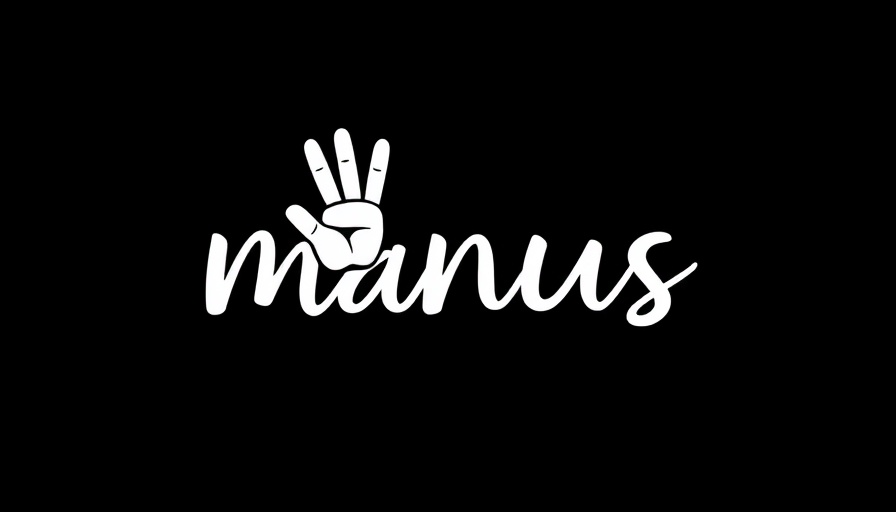
Manus AI: The Future of Autonomous AI Agents
In an age where artificial intelligence is rapidly evolving, the introduction of Manus AI by Chinese startup Monica is setting the stage for what some are calling the next "Deepseek moment" for Western AI labs. This new AI agent promises to handle everything from travel planning to financial analysis with minimal human intervention, sparking curiosity and excitement within the tech community.
Manus AI, named after the Latin term meaning "mind and hand," operates through natural language prompts. Users can simply describe their needs, and Manus autonomously executes tasks without having to provide continuous guidance. Early demonstrations reveal Manus's ability to generate things like travel itineraries or interactive dashboards for stock analysis instantly, showcasing its potential to redefine how we approach task automation.
Revolutionary Features That Set Manus AI Apart
The key differentiation point for Manus AI lies in its advanced capabilities. Unlike traditional chatbots that merely suggest solutions, Manus can actually perform tasks online, integrating seamlessly with external tools. This positions it as a powerful alternative to popular AI systems and has caught the attention of both analysts and potential users.
According to preliminary testing data, Manus outperforms many existing systems on the GAIA benchmark—a widely acknowledged standard for assessing AI performance in executing real-world tasks. Though Monica has kept many technical specifics under wraps, its assertions that Manus leads in all GAIA difficulty levels is creating buzz. However, it's important to approach such claims with cautious optimism until they can be independently verified.
Understanding the GAIA Benchmark: A New Metric for AI Performance
The GAIA benchmark doesn't just evaluate theoretical capabilities; it assesses how effectively an AI can tackle everyday tasks. This makes it particularly relevant as organizations look for practical applications of AI technology. Manus claims to outperform notable players like OpenAI’s GPT-4 on this benchmark, with analysts projecting that such capabilities could disrupt the AI market.
Rapid Adoption and Industry Implications
As Manus begins limited release, anecdotal evidence suggests that early users have generally responded positively. Many have likened it to Chinese startup Deepseek, which previously surprised the AI industry by matching Western capabilities. This raises significant questions about competitive dynamics in the AI sector, specifically whether Western labs can keep pace with innovations emerging from China.
Manus is particularly useful in sectors where automation can bolster productivity significantly, such as in HR, finance, and content creation. As organizations explore ways to streamline operations, Manus’s autonomous task execution presents a compelling argument for adoption. Notably, potential users have cited the ability to automate writing reports and managing databases as transformative for their workflows.
The Broader Landscape of AI Agents
The development of Manus AI also opens discussions about the future of AI agents in general, including the ethical implications of reliance on autonomous systems. While its advantages seem clear, these innovations invite considerations around job displacement and the need for regulatory guidelines to manage such technologies responsibly.
Future Predictions: Where Is Manus AI Headed?
Looking ahead, the AI community is eager to see how Manus AI evolves. Will it continue to lead in benchmarks like GAIA and find itself integrated into various industries? The introduction of such autonomous agents represents a paradigm shift in how we think about human-machine collaboration and productivity.
Conclusion: A Moment of Reflection
As the world watches the unfolding journey of Manus AI, it's evident that the emergence of this general AI agent could indeed signify a leap forward for operational efficiency across many sectors. The potential to automate complex tasks while providing actionable insights serves to illustrate not only the capabilities of AI technologies but also the ongoing race for innovation on the global stage.
 Add Row
Add Row  Add
Add 




 Add Row
Add Row  Add
Add 

Write A Comment